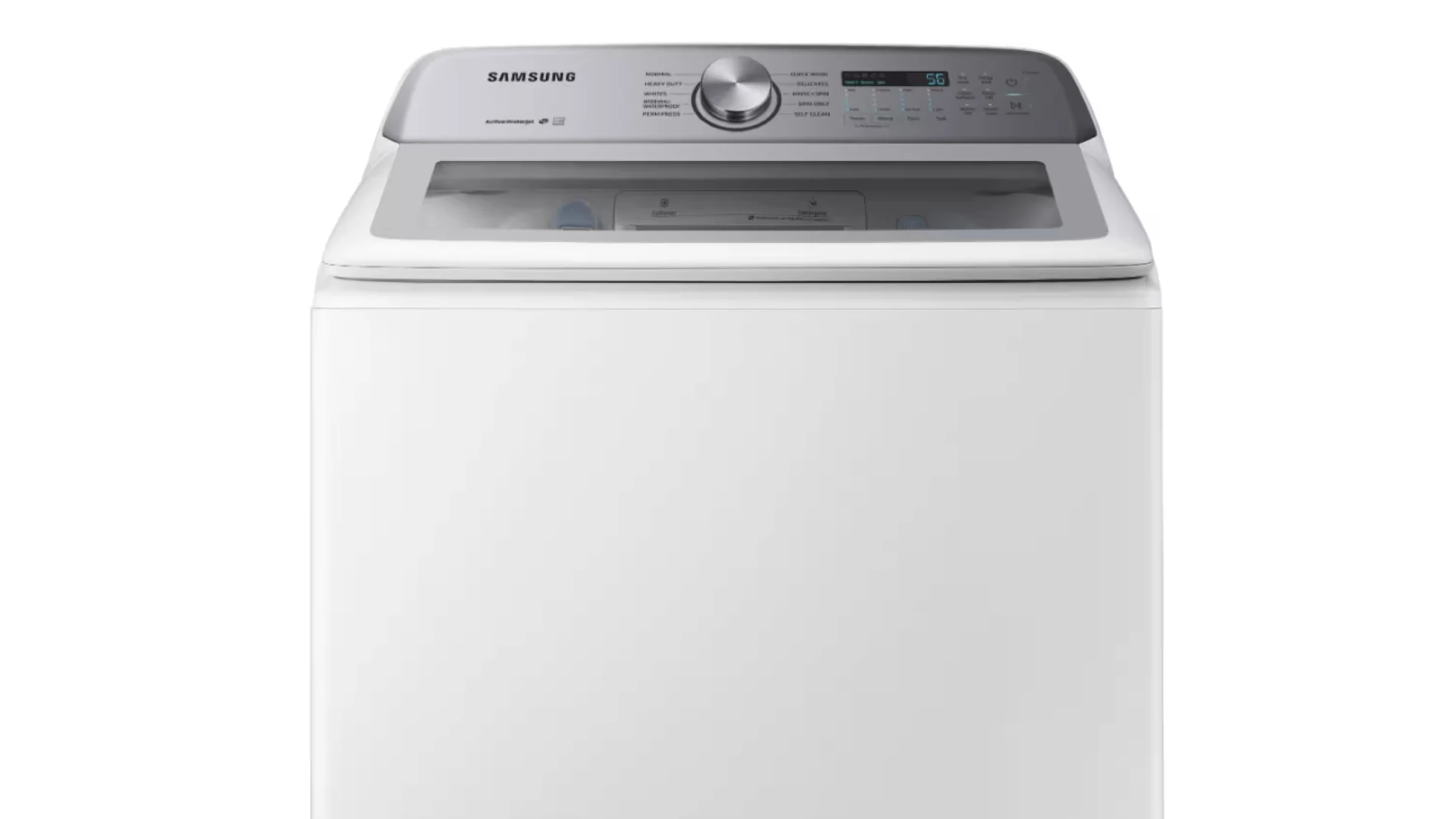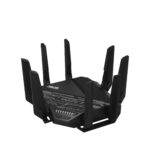A slow-filling washing machine can disrupt laundry routines and waste valuable time. Many homeowners face this common issue, which turns a simple task into a frustrating experience. The problem often stems from various factors that affect water flow into the appliance.
Understanding the causes of a slow-filling washer is key to finding effective solutions. From clogged inlet screens to low water pressure, several issues can contribute to this problem. By identifying the root cause, homeowners can take steps to restore their washing machine’s optimal performance and efficiency.
Washing Machine Fills Slowly: Causes and Solutions
This guide provides a comprehensive breakdown of the common causes of slow water intake in washing machines, offering practical solutions and troubleshooting steps that homeowners can take to resolve the issue themselves. It also discusses preventative measures and explores alternative washing machine types that address water usage concerns.
Understanding the Water Intake Process
A washing machine should fill with water relatively quickly. A slow fill can prolong wash cycles, waste energy, and even prevent the machine from working correctly. Understanding the normal water intake process helps diagnose the problem. The machine uses inlet hoses to draw water from your home’s supply, passing it through inlet valves and into the drum. Any blockage or restriction along this path can cause a slow fill.
Common Causes of Slow Water Intake
Here are the most common reasons why your washing machine might be filling slowly:
1. Kinked or Blocked Inlet Hoses
The inlet hoses are the most frequent culprits.
- Kinks: Check for any kinks or bends in the hoses behind the washing machine. Straighten them out to ensure a smooth water flow.
- Blockages: Disconnect the hoses from both the water supply and the washing machine. Check for any debris or sediment buildup in the hose ends or the filters at the connection points. Clean them thoroughly.
2. Clogged Inlet Filters/Screens
Where the inlet hoses connect to the washing machine, there are usually small screens or filters. These prevent debris from entering the machine’s valves.
- Turn off the water supply to the washing machine.
- Disconnect the inlet hoses.
- Locate the small screens or filters in the hose connections on the back of the washing machine.
- Use pliers or tweezers to carefully remove the screens.
- Clean them under running water using a brush or toothbrush to remove any debris.
- Reinstall the screens and reconnect the hoses.
3. Faulty Inlet Valves
The inlet valves control the flow of hot and cold water into the washing machine. If one or both valves are malfunctioning, they can restrict water flow.
- Testing the Valves: This often requires a multimeter to check for continuity. If you’re not comfortable working with electrical components, it’s best to call a qualified appliance repair technician.
- Replacement: If a valve is faulty, it will need to be replaced. These valves are relatively inexpensive and can be replaced as a DIY project for those comfortable with basic appliance repair.
4. Low Water Pressure
Low water pressure in your home can also cause a slow fill.
- Check Other Faucets: Check the water pressure in other faucets in your house. If they also have low pressure, the problem is with your home’s plumbing, not the washing machine.
- Contact a Plumber: If you suspect low water pressure is the issue, contact a plumber to diagnose and fix the problem.
5. Timer or Control Board Issues (Less Common)
In some cases, a faulty timer or control board can cause the inlet valves to not open fully or for the proper duration.
- Professional Help: Diagnosing and repairing timer or control board issues usually requires professional appliance repair service.
Troubleshooting Steps
Here’s a summary of troubleshooting steps:
- Check for kinks or blockages in the inlet hoses.
- Clean the inlet filters/screens.
- Check your home’s water pressure.
- Test the inlet valves (if comfortable).
- If none of these solve the problem, contact a qualified appliance repair technician.
Preventing Future Problems
Regular maintenance can prevent slow fill issues:
- Inspect Hoses Regularly: Check for kinks, cracks, or bulges in the hoses. Replace them if necessary.
- Clean Inlet Filters Periodically: Clean the inlet filters/screens every few months to prevent debris buildup.
Alternative to a Top-Load Washer: Front-Load Washers and Water Usage
While top-load washers can sometimes experience slow fill issues, front-load washers use significantly less water overall. They fill to a much lower level, relying on tumbling action rather than submersion to clean clothes. If water efficiency is a major concern, switching to a front-load washer can be a good long-term solution. They also tend to be more energy efficient.
A slow-filling washing machine can be a nuisance, but by systematically checking the potential causes outlined above, you can often identify and fix the problem yourself. Regular maintenance and understanding your machine’s water intake process can help prevent future issues.
Key Takeaways
- Slow-filling washing machines have multiple potential causes
- Simple DIY solutions can often fix the issue quickly
- Professional help may be needed for complex water flow problems
Why Your Washing Machine Fills Slowly
A washing machine that takes too long to fill with water can disrupt your laundry routine and lead to frustration. This problem, known as slow water intake, can stem from various causes, ranging from simple issues like kinked hoses to more complex problems with the machine’s internal components.
A sluggish water fill in your washing machine can be frustrating. Several factors can cause this issue:
- Clogged inlet screens
- Low water pressure
- Faulty water inlet valves
- Kinked or blocked hoses
Debris buildup in inlet screens is a common culprit. These small filters trap sediment, but over time they can become clogged. This restricts water flow into the machine.
Water pressure problems in your home can also lead to slow filling. If the pressure is too low, the washer won’t fill at its normal rate.
The water inlet valve may malfunction or become blocked. This valve controls water entry into the washer. When it doesn’t work properly, filling slows down.
Don’t overlook the hoses connecting your washer to the water supply. Kinks or blockages in these can impede water flow.
In some cases, the washer’s control board or pressure switch may be at fault. These components regulate the fill process. If they malfunction, filling issues can occur.
Regular maintenance can prevent many of these problems. Check and clean inlet screens periodically. Inspect hoses for damage or kinks. If issues persist, consider calling a professional to examine the inlet valves or control board.
Fixing a Slow-Filling Washing Machine
A washing machine that fills slowly can disrupt laundry routines. Here are some effective solutions:
- Clean or replace inlet screens
- Remove debris from screens
- Replace if damaged
- Check water pressure
- Test pressure at home
- Call plumber if low
- Inspect water inlet valve
- Look for wear or blockages
- Replace if faulty
- Examine water hoses
- Straighten any kinks
- Replace old or damaged hoses
- Verify water supply valves
- Ensure valves are fully open
- Tighten loose connections
- Clear clogged inlet screens
- Use needle-nose pliers to remove screens
- Clean with water and brush
- Test hot and cold water supply
- Check both supplies separately
- Identify if issue is with one or both
- DIY solutions
- Turn off water supply
- Disconnect hoses and place in drum
- Turn on water to check pressure
By following these steps, you can often resolve slow-filling issues without professional help. Regular maintenance of inlet screens and hoses can prevent future problems. If issues persist, consider contacting a repair service for more complex repairs.
Common Questions About Slow-Filling Washing Machines
Why is my washing machine taking so long to fill?
Several factors can cause slow filling:
• Clogged inlet filters
• Kinked water hoses
• Low water pressure
• Faulty water inlet valve
Can I fix a slow-filling washer myself?
Yes, you can try these steps:
- Turn off water supply
- Disconnect hoses
- Clean inlet filters
- Check for kinked hoses
- Ensure water valves are fully open
When should I call a professional?
Call a technician if:
• Cleaning filters doesn’t help
• Hoses are not kinked
• Water pressure is normal
• Problem persists after basic troubleshooting
How can I prevent slow filling issues?
Regular maintenance helps:
• Check filters monthly
• Inspect hoses for damage
• Ensure proper water pressure
• Use correct wash cycles







